2020 Defense Acquisition Workforce Award Winners
Download 2020 Awards Program Booklet
Senior DoD acquisition leadership proudly recognized the winners of DoD's 2020 Defense Acquisition Workforce Awards featured in the December 15, 2020 virtual recognition ceremony! This virtual ceremony recognized the Defense Acquisition Workforce for their accomplishments in support of the National Defense Strategy and in the Nation’s response to the COVID-19 pandemic. The award winners were recognized on the Defense.gov Livestream on December 15, 2020, at 2 p.m. EST.
The Defense Acquisition Workforce Award recipients represent the best of the best across our acquisition community. Accomplishments of the winners are on display for one year in the Pentagon on the Defense Acquisition Workforce Wall of Recognition display.
Winner Citations by Component:
U.S. ARMY

Mr. James Sarruda
U.S. Army
Mr. Sarruda, a senior engineer and Project Manager for Combat Ammunition Systems, led a team of international engineers in the evaluation of existing anti-armor capabilities, outside of inventory, and drove the procurement of the best available immediate solution to fill a high risk capability gap. Mr. Sarruda’s acquisition strategy leveraged the transaction agility of Section 815 of the FY 2016 NDAA and ensured that nascent design approaches are matured in a rigorous and disciplined manner for eventual demonstration and down-selection.
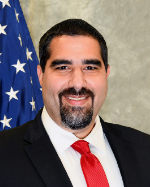
Mr. George Sfakianoudis
U.S. Army
As the chief financial officer for the Joint Program Executive Office for Chemical, Biological, Radiological and Nuclear Defense, Mr. Sfakianoudis obligated over $200 million received from two coronavirus congressional acts and component funding. He obligated $82 million for rapid initiative efforts such as procuring test kits, funding clinical trials, and continued production of diagnostic systems and assays. Mr. Sfakianoudis was instrumental in developing a COVID-19 acquisition support agreement between the U.S. Army and the Department of Health and Human Services.
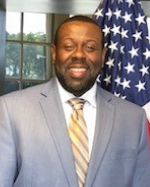
Mr. Thaddeus Martin
U.S. Army
Mr. Martin, Deputy Associate Director for Small Business, enabled the Army Materiel Command to outperform all other Army Commands in dollars awarded to small businesses. In FY 2019, the Army Materiel Command obligated nearly a fifth of all U.S. small business contracting dollars and nearly half of all U.S. Army dollars spent on small businesses. Mr. Martin and his office participated in over 300 outreach events and established a reoccurring virtual small business strategy forum for senior Army leadership.
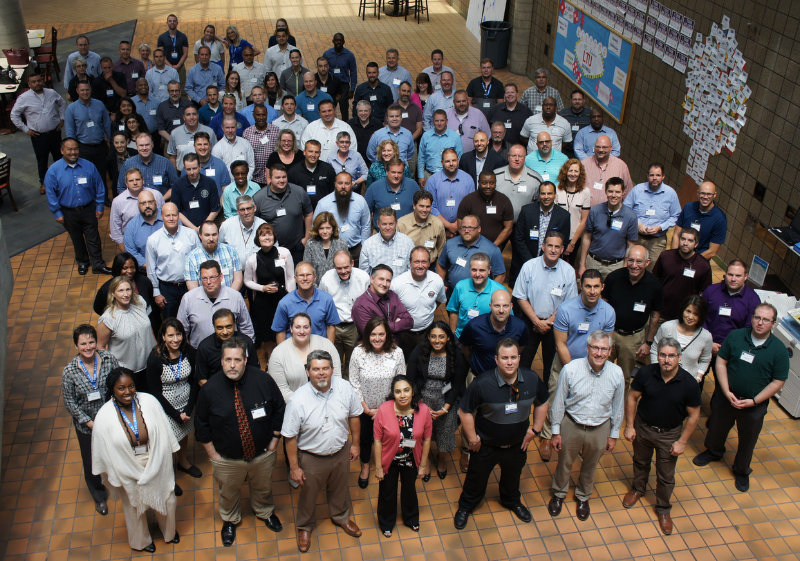
U.S. Army CCDC GVSC, PEO CS&CSS, and PEO GCS
Warren, Michigan
These organizations initiated innovative approaches to workforce management, developing capability groups with competency councils to collaboratively manage specific workforce competencies, integrating hiring practices, and “daring to dream” during collaboration workshops that utilized phases of Appreciative Inquiry and the SOAR strategic framework. Through their efforts to collaborate on strategic workforce management, these organizations enabled a workforce ready to tackle the Army’s complex acquisition priorities as an enterprise team.
U.S. NAVY
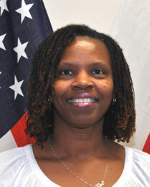
Ms. Kimberly Granville
U.S. Navy
As Facilities Service Contracts Product Line Director for the Naval Facilities Engineering Command, Far East, Ms. Granville is responsible for complex service contracts at 10 field offices. The scope of Ms. Granville’s program is approximately $150 million annually, spread over 250 contracts. Under Ms. Granville's leadership, her team developed a replacement specification package for the current Okinawa, Japan Base Operations and Support Contracts in only three months instead of the standard 12 months.
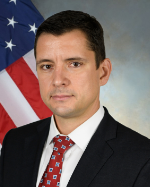
Mr. Thomas Sampson
U.S. Navy
Mr. Sampson serves as the acting Chief Information Officer for the F-35 Lightning II Joint Program Office. He is the visionary behind the implementation of a first-ever Department of Defense “Digital War Room” and expeditiously led the F-35 program’s transition to 100% telework capacity during COVID-19. He also conducted a 180-day sprint that created the baseline DevSecOps common platform for all F-35 stakeholders to reduce development timelines and enable faster software deployment.

Ms. Balwindar Rawalay-VanDeVoort
U.S. Navy
Ms. VanDeVoort is the International Sustainment Center Lead at Naval Air Systems Command (NAVAIR). She oversaw a multi-agency effort to establish a centralized sustainment capability known as the International Sustainment Center or I.S.C. Ms. VanDeVoort transformed the I.S.C. into a regionalized and all-encompassing sustainment support option for our international partners. Ms. VanDeVoort enabled NAVAIR’s first Other Transaction Authority vehicle for Foreign Military Sales to acquire multi-region operation support for emergent requirements.

Mr. Kyle Matyi
U.S. Navy
Mr. Matyi, Depot Lead, F-35 Product Support Manager Directorate, F-35 Lightning II Joint Program Office, established a global support structure for the total procurement of over 3,200 aircraft and 6,000 engines. He led the F-35’s “Depot Source of Repair” strategy for Regional, and above Core and Non-Core logistics capability. Mr. Matyi led a cross-functional team of government and industry personnel to identify and prioritize aircraft degraders while ensuring depot-level maintenance and repair capability remained on schedule.
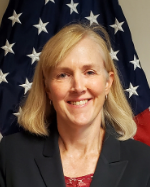
Ms. Stefanie Link
U.S. Navy
Ms. Link, the Deputy Construction Manager for the COLUMBIA-Class Submarine Program, co-authored the Nuclear Shipbuilding Integrated Enterprise Plan that resulted in over $550 million of investment across the industrial base to mitigate construction risk. She identified high-risk areas across the nuclear shipbuilding supply base through the execution of 350 critical Supplier Readiness Assessments. Ms. Link’s actions ensured on-time delivery of the initial missile tubes to the United Kingdom’s DREADNAUGHT Program.
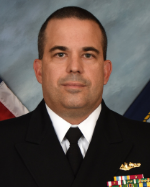
CAPT Jonathan Rucker
U.S. Navy
As Program Manager for the COLUMBIA-Class Submarine Program, Captain Rucker led the Navy’s top acquisition priority through transition from design phase to lead ship construction. Captain Rucker enabled lead ship construction to begin on schedule with the highest level of design maturity; implemented an innovative contracting approach that saved the program $1.5 billion; and executed $348 million for the high priority submarine industrial base expansion.

Mr. David Cooke
U.S. Navy
Mr. Cooke is the Technology Development Coordinator for the Program Executive Office Integrated Warfare Systems 3.0 Surface Ship Weapons. He updated the PEO's Technology Master Plan that guides the implementation of new technologies and advises investments in technology development. Mr. Cooke led the highly successful development and transition planning of Small Business Innovation Research technologies in the areas of Missile airframe components, Guided Projectile power and fuzing, and Missile Launcher materials and inspection capabilities.
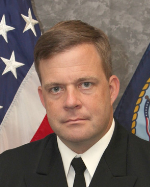
CAPT Andrew Biehn
U.S. Navy
Captain Biehn is the Major Program Manager for the Aegis Fleet Readiness and Aegis Integrated Combat Systems. He managed the development of Aegis Baseline 10 and delivered urgent friend-or-foe identification fixes. He led the development of the AEGIS “Virtual Twin,” incorporating innovative computing technologies, agile processes, and rapid continuous combat capability upgrades. Working with the Royal Australian Navy, Captain Biehn led the development of an in-theater emergent combat systems repair capability to maintain fleet readiness.
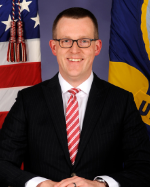
Mr. Eric Fallabel
U.S. Navy
Mr. Fallabel, the Chief Developmental Tester and Test and Evaluation Lead for the CH-53K Heavy Lift Helicopter program, drove major strategic change to the flight test program, to finish development of the CH-53K and transition it to Initial Operational Test and Evaluation. Mr. Fallabel’s test strategy improved speed-to-the-fleet, accelerated readiness for Initial Operational Test and Evaluation by more than three years, and achieved $30 million in cost avoidance.

Naval Sea Systems Command Small Business Innovation Research Team
Washington, District of Columbia
The Naval Sea Systems Command (NAVSEA) Small Business Innovation Research (SBIR) team implemented improvements to the SBIR program and eliminated bureaucratic processes. The team improved the SBIR Program by accelerating technology development to enable development, adoption, and insertion at the pace of innovation to expand the Department’s advantage over peer competitors. The NAVSEA SBIR team demonstrated results by reducing their evaluation time from 90 days to 14 days, decreased their contract award timelines from 143 to 59 days, and accelerated select Phase 2 efforts from six to three years.
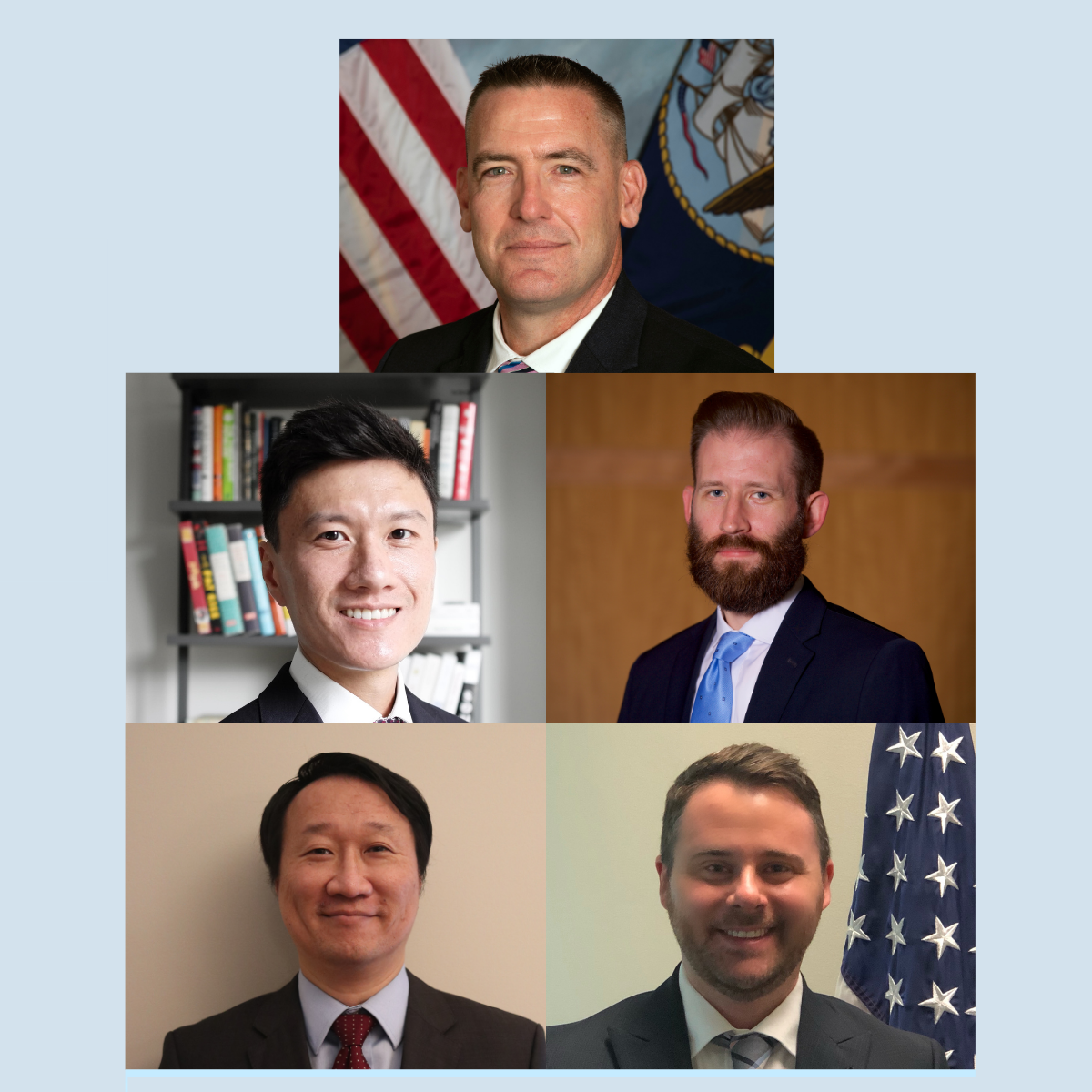
U.S. Navy FFG(X) Program Team
Washington, District of Columbia
This team accelerated an acquisition schedule of the Navy's next generation Small Surface Combatant, the Frigate, advancing ship design and procurement by 4-6 years, equating to over $500 million in cost avoidance. These efforts resulted in the early award of a multi-billion dollar, open competition, Detail Design and Construction contract. This new contract was awarded more than four months ahead of schedule and was accomplished despite the COVID-19 pandemic. This team was cited by Navy leadership as a positive example of accelerated acquisition that is changing the way the Navy designs and procures ships.
U.S. AIR FORCE
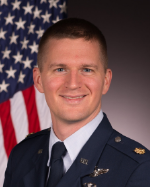
Lt Col Sean Richardson
U.S. Air Force
As the Operational Lead for Development and Sustainment Activities in the Joint System Division’s Air Force Rapid Capabilities Office, Lieutenant Colonel Richardson initiated requirements process improvements to support a $1.4 billion portfolio of ACAT I and II equivalent special access programs. He created a five-layered nested Concept of Operations approach that reduced the six-year review process down to three months. Lieutenant Colonel Richardson eliminated duplication of requirements to accelerate product to the Warfighters by two years and re-align funds resulting in $10 million overall savings.

Ms. Laura Lucas
U.S. Air Force
Ms. Lucas, Ground Based Strategic Deterrent Cost-Price Factor Chief, for the Air Force Nuclear Weapons Center Materiel Command, shepherd the organization through the sole source environment by integrating the cost estimating and contract price negotiation best practices. Ms. Lucas is responsible for identifying more than $200 million in savings for the Department while delivering the Chief of Staff of the Air Force’s top acquisition priority. Her business practices are directly responsible for the new nuclear weapon system acquisition of over $83 billion.
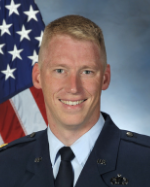
Maj Bryan Fanick
U.S. Air Force
As a Program Manager at the Air Force Rapid Capabilities Office, Major Fanick delivered a unique asset to meet the Secretary of Defense’s orders. He developed a process, to respond to COVID-19, using an agile re-baselining methodology to update supplier delays in near real-time. His efforts allowed mitigation of supplier cash-flow impacts during COVID, securing $8 million in cost avoidance. Major Fanick led a review of a $1.8 billion contract proposal that culminated with the early award of three production lots valued at over $1.5 billion.

Ms. Melissa Kennedy
U.S. Air Force
Ms. Kennedy, a Contracting Officer from the Air Force Materiel Command, awarded $80 million, across five service contracts, for agile software development services to 22 Air Operations Centers. Ms. Kennedy managed a $53 million Kessel Run cloud portfolio. She slashed the average Air Force Materiel Command contracting timelines by 80% and her efforts resulted in a 75% reduction of “time-to-plan” for the Air Operations Center enterprise.
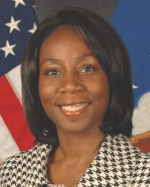
Ms. Angela Harris
U.S. Air Force
As Director of the Air Force Sustainment Center Small Business Office, under Ms. Harris’s leadership, Robins Air Force Base, obligated $712 million in prime contract awards to small businesses. Her efforts had a direct economic impact on 803 companies operating in 45 states. In FY 2019, she supported 24 Acquisition Strategy Panels, estimated at over $27 billion. Ms. Harris provided counseling to 695 small business contractors at seven industry events and locally met with over 146 small businesses.
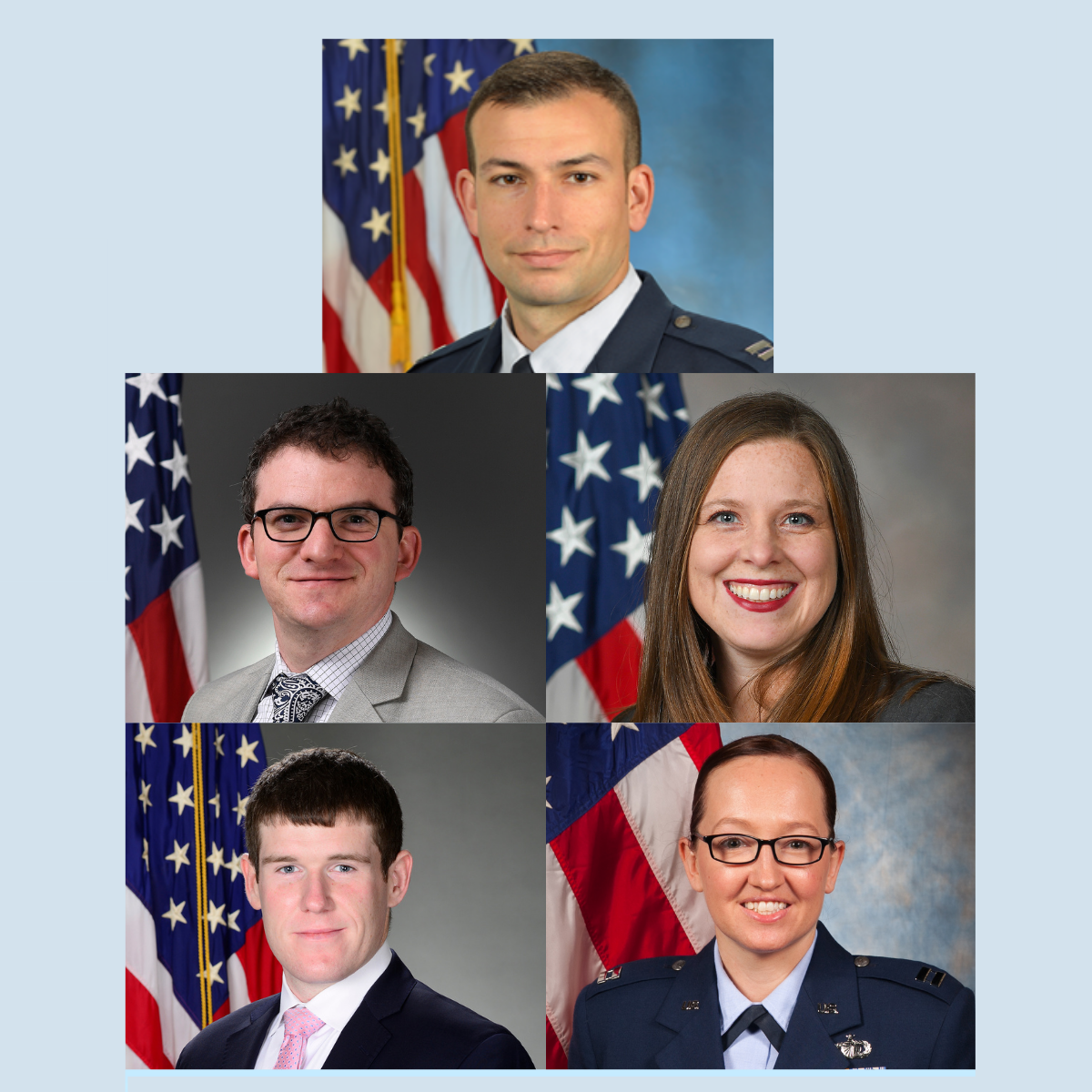
Department of the Air Force Acquisition COVID-19 Taskforce (DAF ACT)
Washington, District of Columbia
The Task Force formed in 48 hours to synchronize the Air Force Acquisition’s response to the pandemic. This included awarding a $13 million contract for a self-administered oral testing solution that eliminated the need for protective gear or healthcare worker oversight as well as awarding two contracts that expanded the N95 mask production capacity by 372 million units per year. The Task Force awarded over one billion dollars of COVID-19 direct-support contracts, led efforts to invest another one billion dollars of support into the Defense Industrial Base, tracked over two billion dollars in potential program risk inputs, and provided technical evaluation support to $645 million dollars of contracted activity.
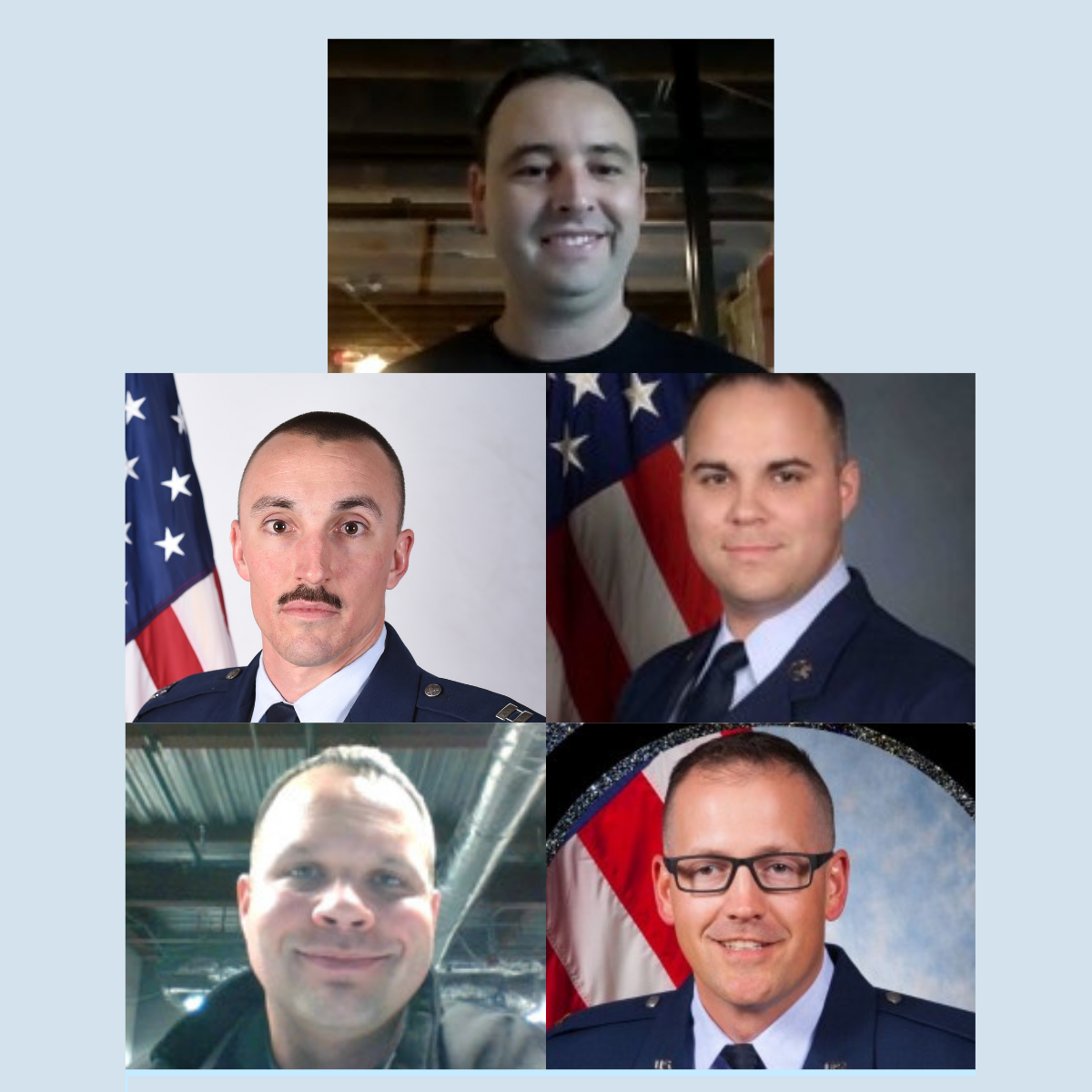
U.S. Air Force Cloud One (HNII) and Platform One (HNCP) Team
Hanscom Air Force Base, Massachusetts
This team, in support of the Command, Control, Communications, Intelligence, and Networks Directorate of the Air Force Life Cycle Management Center, built a cloud infrastructure platform called Cloud One and software development tools called Platform One. The team helped multiple mission-critical programs adopt these tools and deliver new operational capability within weeks. They migrated 56 systems to this cloud environment, protecting them against 200,000 cyber threats quarterly. Additionally, a new collaboration tool named ‘Mattermost’ was stood up as COVID-19 hit in just 28 hours that is used across the Department.
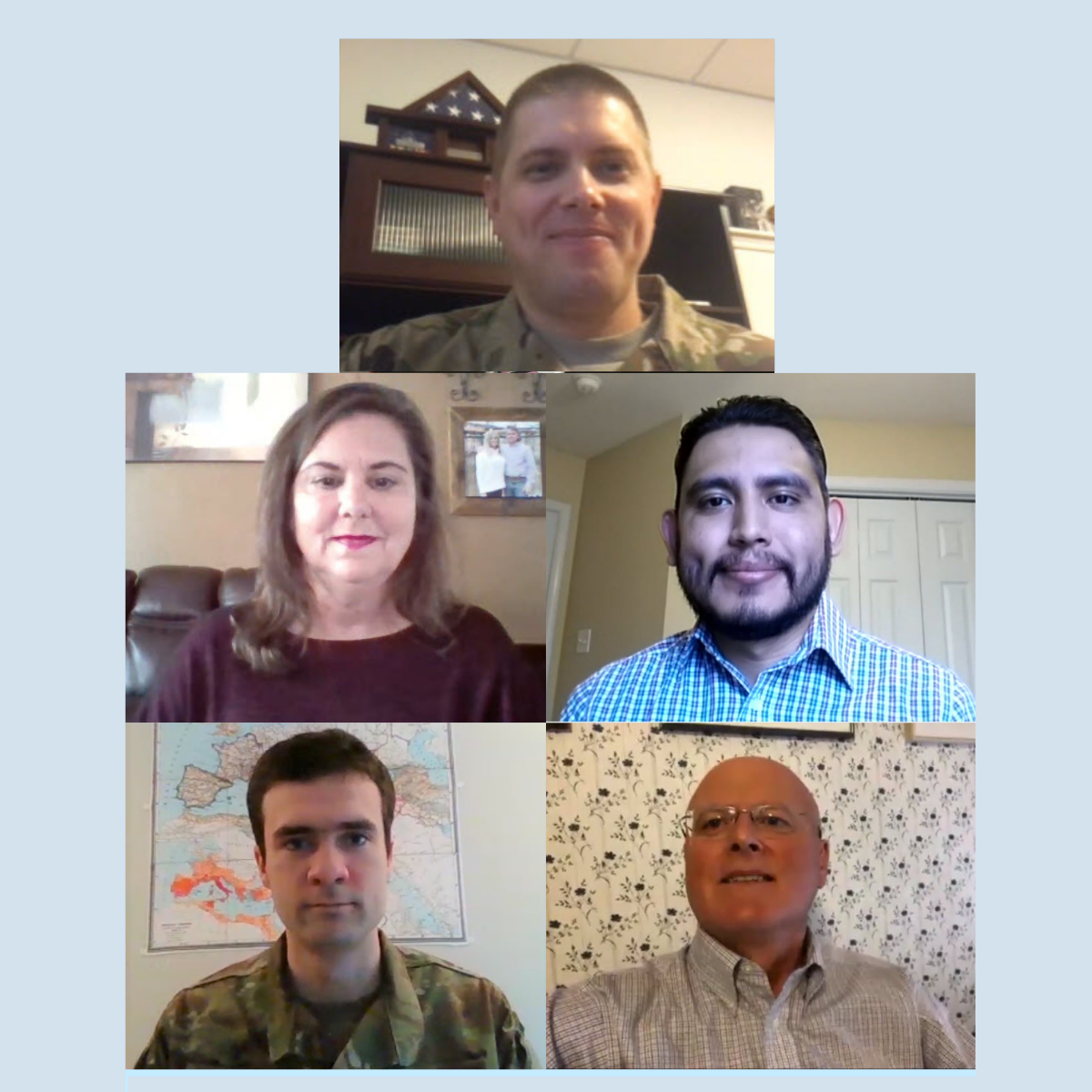
U.S. Air Force Cloud One (HNII) and Platform One (HNCP)
Hanscom Air Force Base, Massachusetts
This team, in support of the Command, Control, Communications, Intelligence, and Networks Directorate of the Air Force Life Cycle Management Center, built a cloud infrastructure platform called Cloud One and software development tools called Platform One. The team helped multiple mission-critical programs adopt these tools and deliver new operational capability within weeks. They migrated 56 systems to this cloud environment, protecting them against 200,000 cyber threats quarterly. Additionally, a new collaboration tool named ‘Mattermost’ was stood up as COVID-19 hit in just 28 hours that is used across the Department.
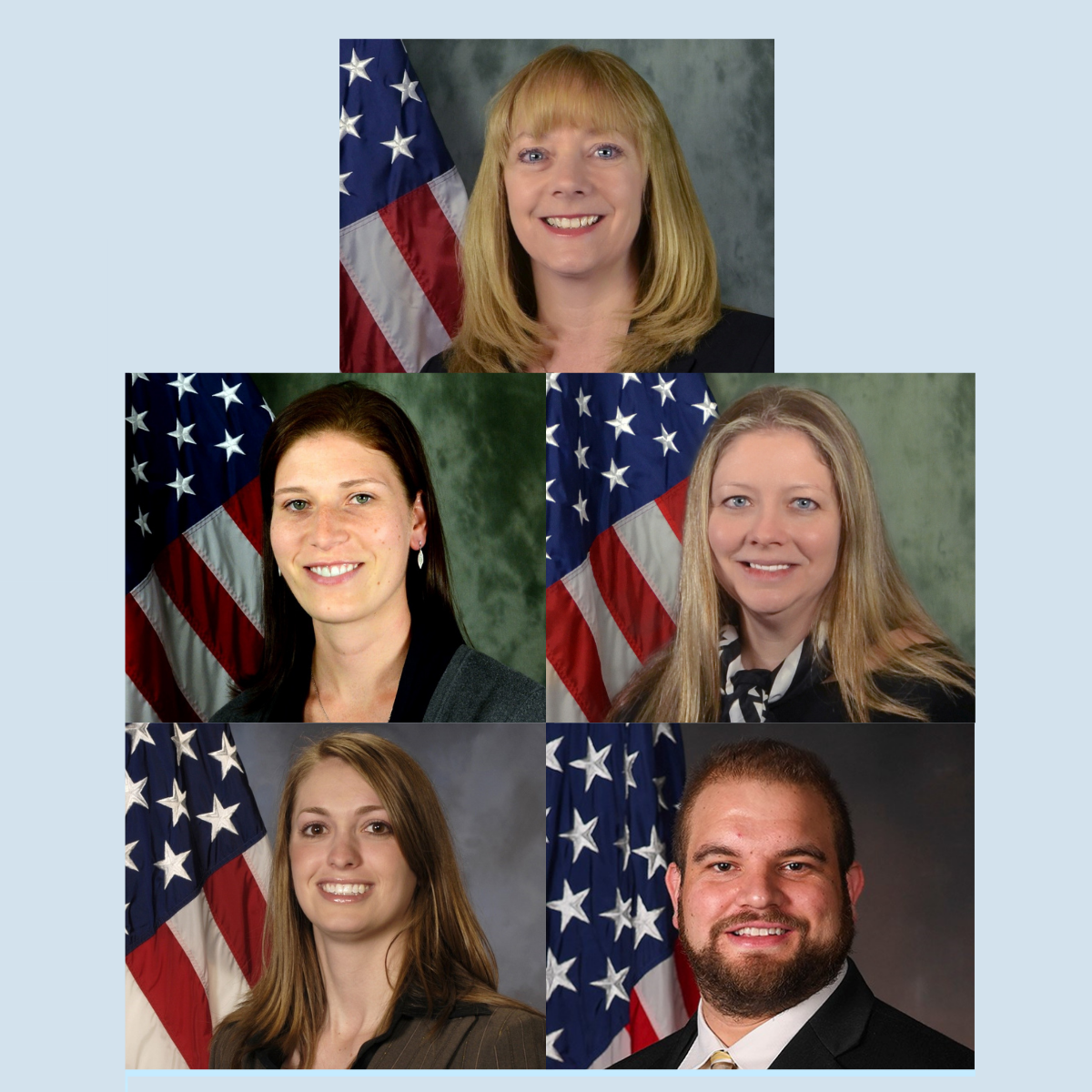
U.S. Air Force Defense Production Act (DPA) Title III Executive Agent Program Office Team
Wright-Patterson Air Force Base, Ohio
In response to the COVID-19 pandemic, this team employed acquisition approaches to award 22 contracts worth $580 million in 10 weeks, tripling the nation’s N95 mask production, doubling its nasal pharyngeal swab production, and increasing melt-blown filtration media production by 10%. While managing their existing portfolio of 67 projects worth $1.4 billion and issuing over 25 contract modifications to ensure long-term competition requirements, they additionally awarded 16 contracts worth $371 million to address defense sectors financially crippled by COVID-19 impacts.
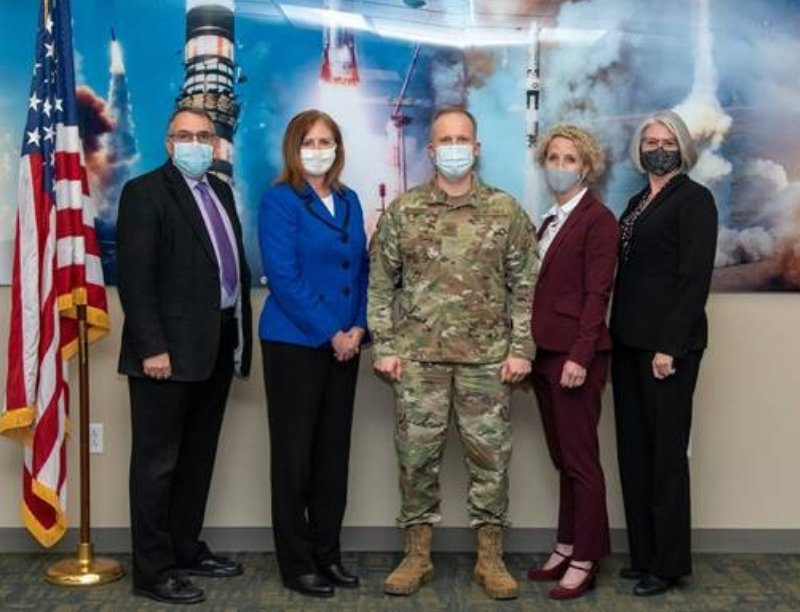
U.S. Air Force Ground Based Strategic Deterrent Program Office
Hill Air Force Base, Utah
This team built the Department’s most comprehensive digital engineering environment. Their “Sandbox” allowed paperless design reviews, requiring 105 fewer days, with an estimated $2.4 billion cost reductions in sustainability. The Team utilized digital capabilities to render an 86,000 page proposal, producing over $200 million in savings and completing business clearance in 20 weeks. They spearheaded the DoD Information Technology DevSecOps effort fully implementing Kubernetes. The team worked with the B-21 leveraging the ISTIO tool, creating a zero-trust environment for nuclear surety.
DEFENSE AGENCIES, FIELD ACTIVITIES, AND OTHERS
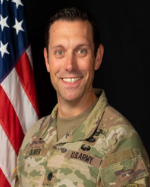
LTC R. Ramsey Oliver
U.S. Special Operations Command
As Program Manager for Counter Proliferation at the Program Executive Office for Special Operations Forces Warrior Systems, Lieutenant Colonel Oliver transformed the fielding of Special Operation-peculiar systems and drove the Counter Unmanned Systems community to adopt testing protocols prior to deployment. He led the charge to counter an emerging Improvised Explosive Device threat, resulting in no casualties. Lieutenant Colonel Oliver facilitated the development of critical lifesaving capabilities, including over 15,000 Countering Weapons of Mass Destruction, 1,000 Controlled Improvised Explosive Devices, and 650 Counter Unmanned Systems equipment items.

Mr. Joel Lehmas
Defense Contract Audit Agency
As a Branch Manager, Mr. Lehman’s leadership resulted in more than $68 million in savings on forward pricing and equitable adjustments audits. As a result of his guidance, his field audit office realized significant sustention rates on forward pricing and incurred cost audits, and met forward pricing agreed to dates 100% of the time. Mr. Lehman routinely fosters a motivated workforce, enhancing stakeholder relationships and providing the acquisition workforce with the right capabilities.
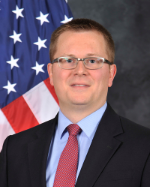
Mr. Kevin Eversgerd
Defense Information Systems Agency
Mr. Eversgerd, a Chief at the Transport Systems and Support Branch, successfully reduced burdensome regulatory requirements by 46% and reduced 362 individual contract actions to eight in regional network solutions. Mr. Eversgerd developed the Covered Defense Telecommunications Equipment contract terms and conditions in response to the FY 2019 NDAA. His rapid actions invoking National Security and Emergency Preparedness authorities, due to COVID-19, slashed the normal 30-day contracting processes, enabling the U.S. Navy Mercy and Comfort hospital ships to receive critical communication capabilities in less than 48 hours.
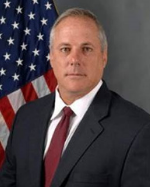
Mr. Christopher Harrington
U.S. Special Operations Command
As Director of Small Business Programs, Mr. Harrington set record-breaking achievements in Socio-Economic Small Business, Small Disadvantaged Business, Woman Owned Small Business, and Historically Underutilized Business Zone categories. He established virtual engagements with acquisition leadership and small business owners to discuss issues relative to the COVID-19 crisis, economic relief, and potential opportunities. Because of Mr. Harrington’s leadership, the Command awarded the most dollars to small businesses ever in its history.
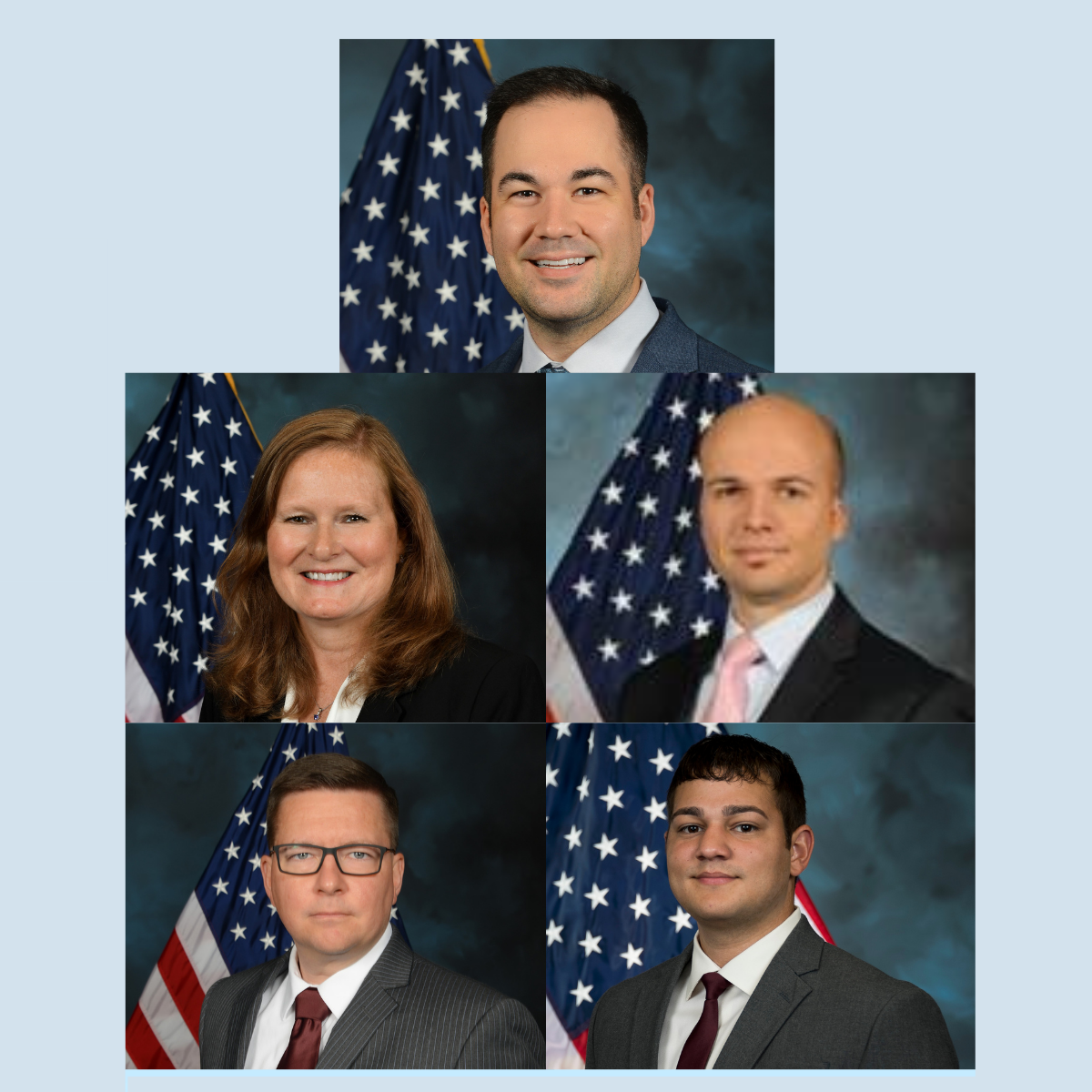
Defense Information Systems Agency Systems Engineering, Technology and Innovation (SETI) Team
Fort Meade, Maryland
The team awarded a contract vehicle for innovation that was in and of itself innovative. They designed a new, 10-year multiple-award $7.5 billion IDIQ to capture and grow the Defense Industrial Base by removing barriers for 25 small businesses. This DISA team promoted innovation in the acquisition process, while also reducing the overhead required for industry to respond to proposals.
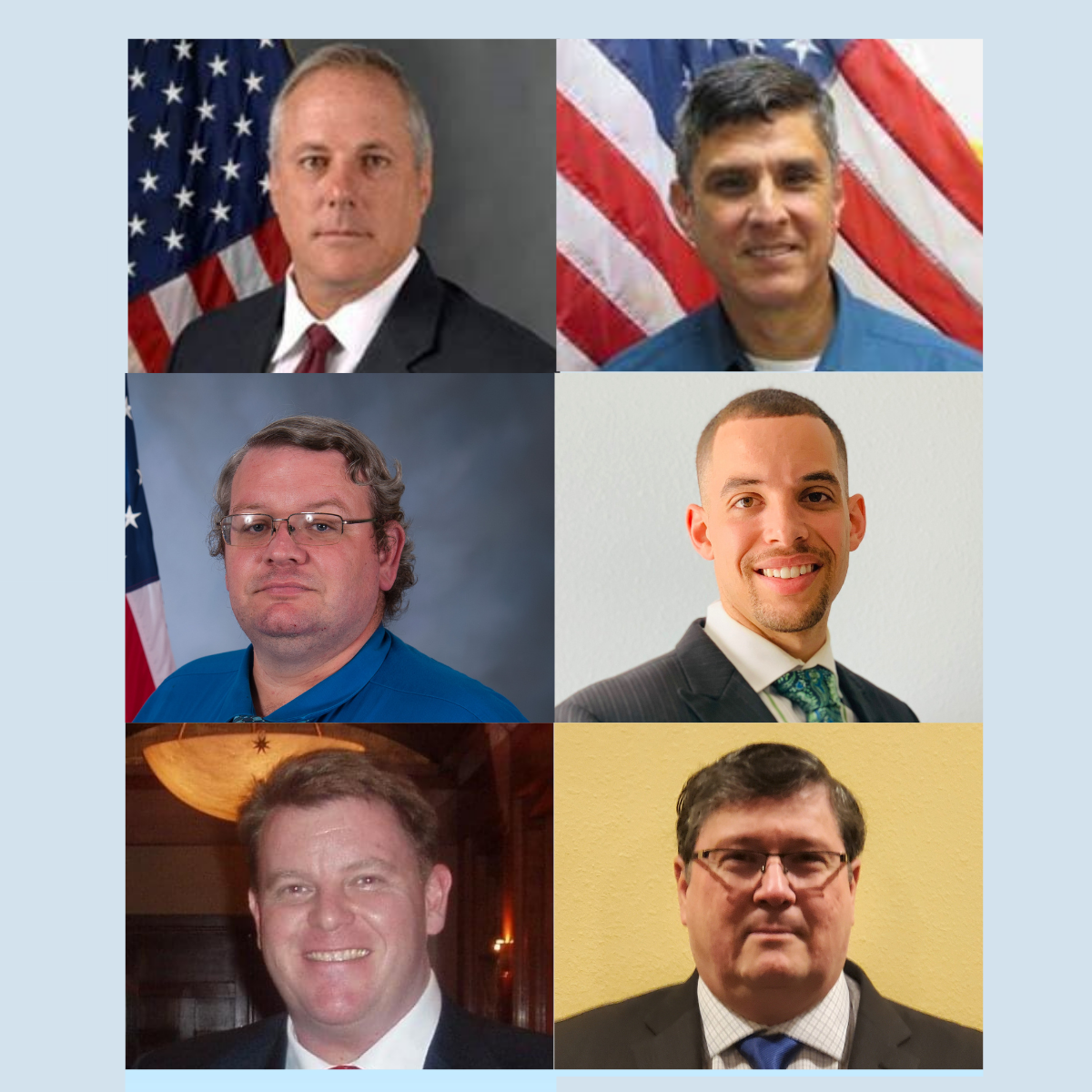
U.S. Special Operations Command, Special Operations
Forces Acquisition, Technology, and Logistics
MacDill Air Force Base, Florida
The USSOCOM team innovatively used the Small Business Administration’s Mentor-Protégé Program to maintain a $360 million, 316 Full-time Equivalent person acquisition in the Service Disabled Veteran Owned Small Business program. They set new benchmarks for the most dollars ever awarded to Small Businesses, Small Disadvantaged Businesses, Woman Owned Small Businesses, and HUBZones.
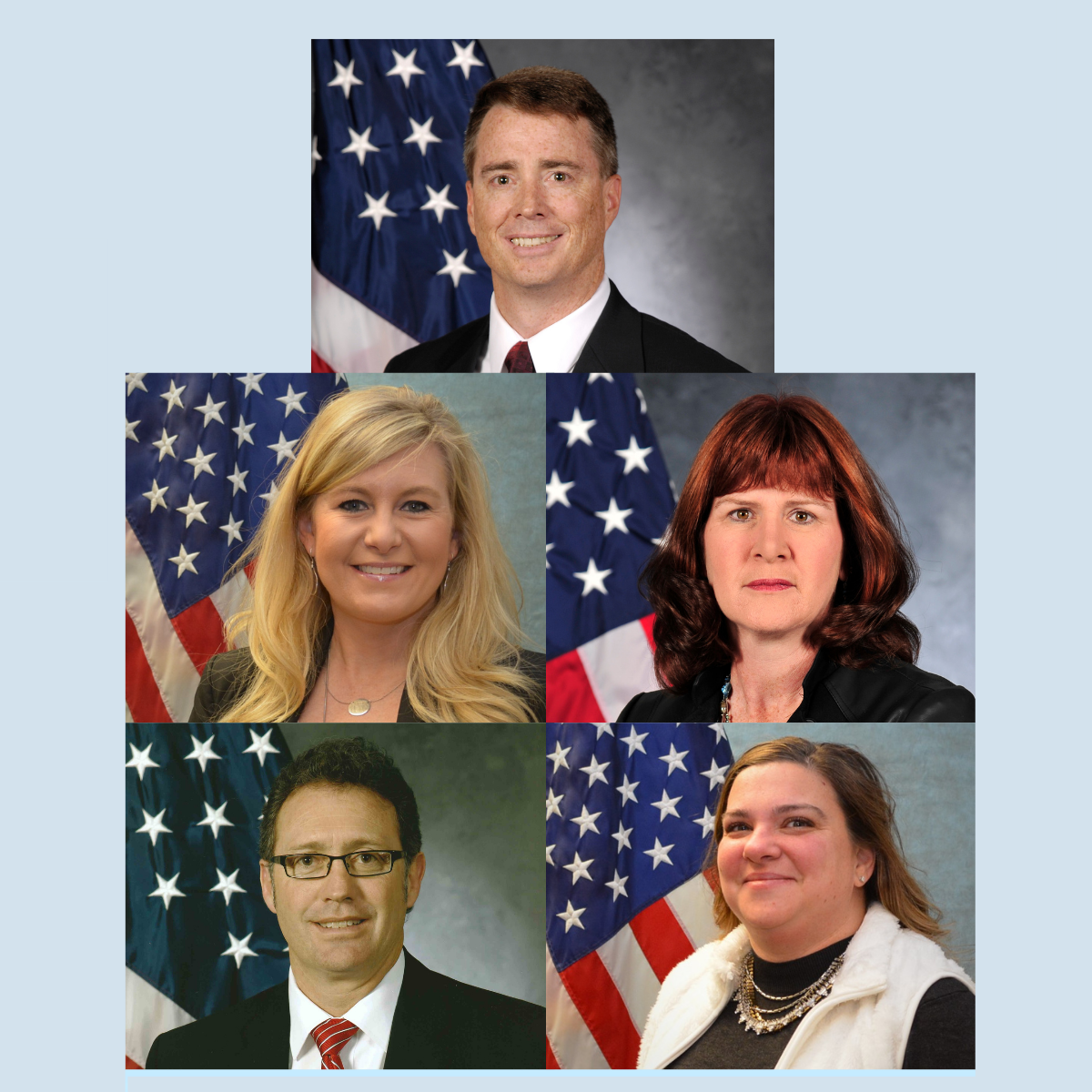
Defense Information Systems Agency Defense Information
Technology Contracting Organization (DITCO) – Scott Field Office
Scott Air Force Base, Illinois
This organization executes nearly 50,000 contract actions and obligates over $5 billion annually procuring information technology, telecommunications, and cyber requirements. The team reengineered its recruiting and candidate assessment process, reducing vacancies from 30% to 8% in 12 months. They assigned a Training Manager to lead on-boarding and initial training using their in-house developed “Contracting Foundations” course. They transitioned to 98% telework and executed multiple contracts and agreements, enabling 4 million DoD employees to continue their mission remotely during COVID-19.

U.S. Special Operations Command Special Operations Forces
(SOF) C-130 Modernization Team
MacDill Air Force Base, Florida
This team fielded game-changing Special Operations Forces mobility and strike capabilities with significant cost savings, innovative acquisition techniques, and best value solutions. The team increased lethality of Special Operations Forces C-130s with the introduction of weapon technology, increasing support to 30% more missions; multiple defensive systems upgrades, increasing survivability by more than 33%; and new targeting systems, cutting engagement times by 400%. The SOF C-130s have supported more than 6,100 combat hours, 124 named operations, 254 high value target engagements, and provided close air support to countless Warfighters.

Defense Contract Management Agency (DCMA),
Commercial Item Group (CIG)
Lakewood, Colorado
This team employs commercial acquisition advisory services to support team members within buying Commands. They directly influenced 38, multi-million-dollar acquisition strategies, using creative alternative approaches to achieve fair prices with limited cost data. Within the submission period, they saved the Department almost $1.1 billion in commercial acquisition practices. The team created a DoD-wide Commercial Item Determinations database, provided expert support on regulation changes, and several rapid COVID-19 procurements.